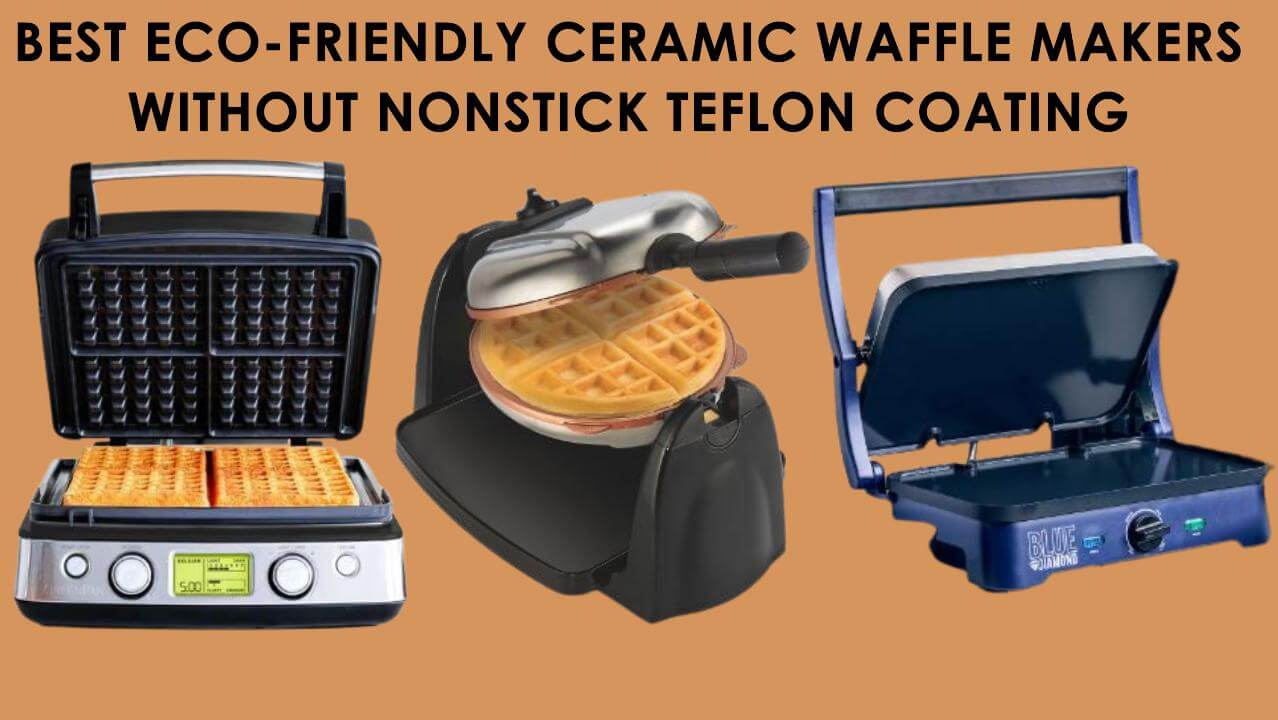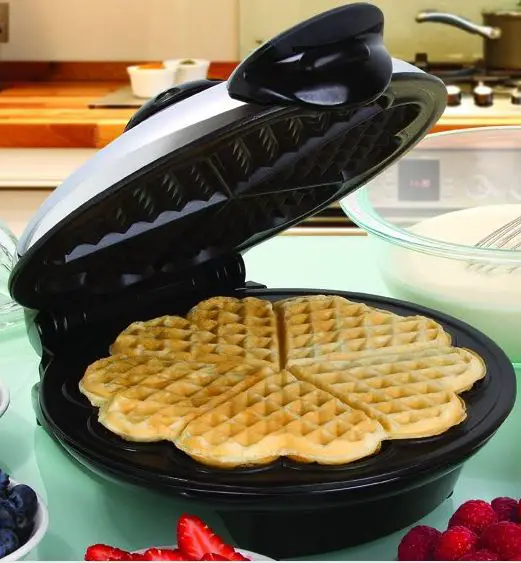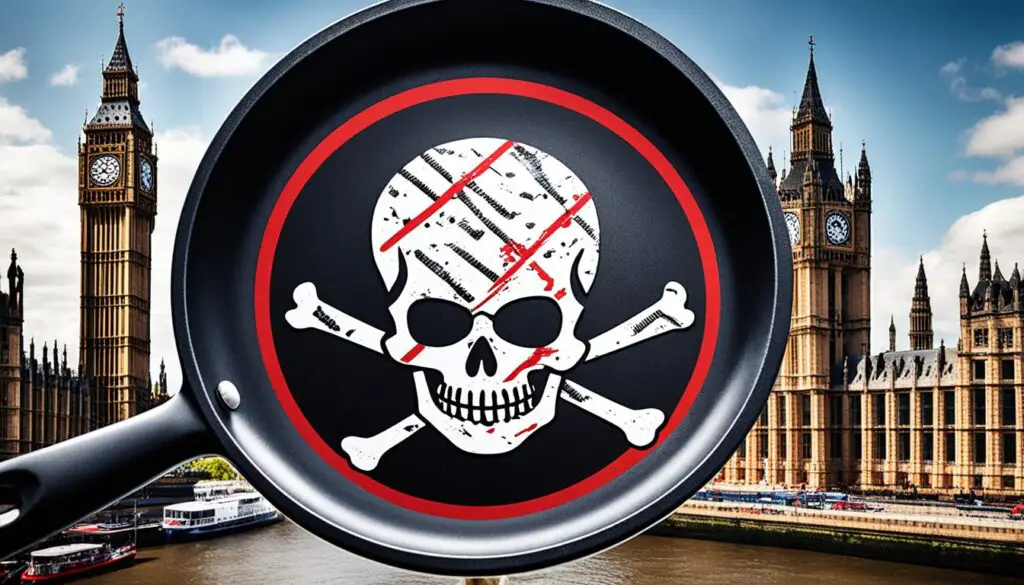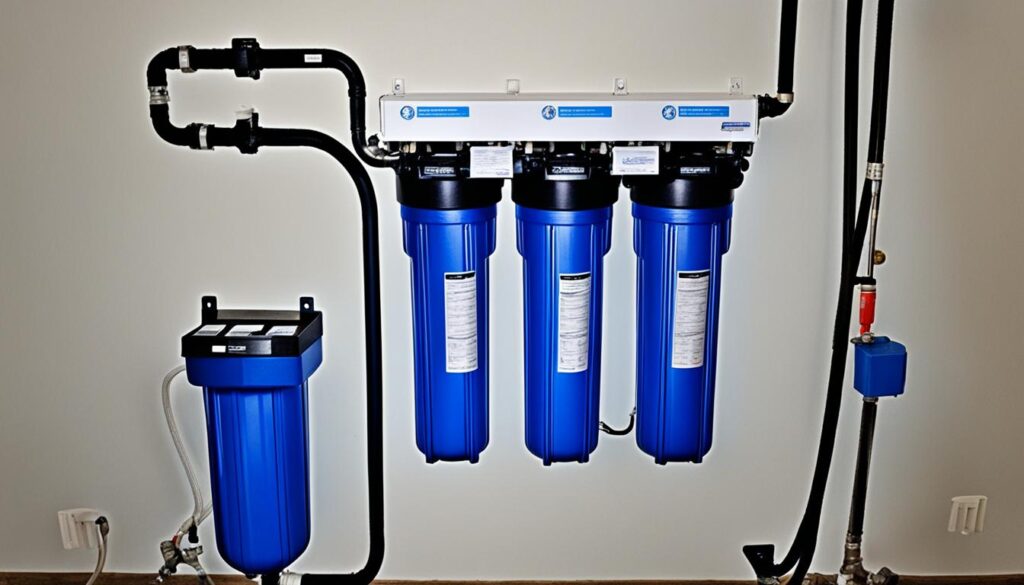This article will attempt to answer the age-old question ‘Is Teflon Dangerous to your Health?’.
Table of Contents
What is Teflon?
Perfluoroalkyl and polyfluoroalkyl substances (PFAS) are a group of more than 4,000 man-made synthetic chemicals used in many consumer and industrial products, such as clothing, McDonald’s food packaging, cell phones, carpeting, and industrial equipment, to make them resistant to water, stains, and grease.
The Teflon brand is best known for making cookware nonstick.
Teflon was one of the first PFAS (Perfluoroalkyl and Polyfluoroalkyl Substances) chemicals invented. It is a registered trademark of the Chemours company that manufactures PFAS. It was spun out of the DuPont Corporation’s performance chemicals operations in 2015 to insulate DuPont from future lawsuits related to those chemicals.
Teflon is a non-stick coating used on cookware to decrease the amount of oil or butter required to keep food from sticking to kitchen cookware. Teflon is made from polytetrafluoroethylene or PTFE, which is non-stick and heat resistant.
It was accidentally discovered by a DuPont chemist, Roy J. Plunkett, in 1938 while he and an assistant were working with refrigerant gas tetrafluoroethylene (TFE). They set a cylinder of this gas aside and later discovered that the gas inside has polymerized into a slippery white waxy material to produce polytetrafluoroethylene (PTFE).
Later on, Roy J. Plunkett, figured out that tetrafluoroethylene can be polymerized to form polytetrafluoroethylene by using a free-radical polymerization initiator such as ammonium persulfate, potassium persulfate, or hydrogen peroxide at high pressure.
PTFE is a synthetic fluoropolymer of tetrafluoroethylene that is industrially used by DuPont for the production of Teflon. Teflon is made by combining fluorspar, hydrofluoric acid, chloroform, and water in a chemical reaction chamber that is heated to 900 degrees Celsius.
Teflon is made from a strong bond between carbon and fluorine atoms that makes its surface nonreactive, so it is not affected by other chemicals, nonstick, and frictionless, and also gives it an extremely high melting point of 327 degrees Celsius.
It is an important material for this application because it has superlative chemical inertness properties. PFOA, or perfluorooctanoic acid, is used in the preparation of PTFE and can be present in trace amounts in this material.
PTFE and PFOA are chemicals used in the production of Teflon, which is made up of fluorocarbon molecules with high heat resistance and low moisture absorption rates. Both chemicals are found in some non-stick cookware and fabric finishes. It has been used in cookware for 50 years and is generally considered to be an excellent nonstick coating. Recently, though, health concerns have emerged about whether or not it poses a risk when heated up at high temperatures.
You can avoid the use of Teflon by using a ceramic waffle maker instead. Any of the best ceramic waffle makers is much safer than a Teflon waffle maker because it contains no toxic chemicals since ceramic coating does not contain PTFE or PFOA.
Oster ceramic Belgian waffle makers do not contain any Teflon and they will do a good job of evenly cooking your waffles. The best waffle maker with removable ceramic plates is the Hamilton Beach 26031 Flip Belgian waffle maker because it has a flip feature that cooks the batter faster and more evenly. A regular waffle maker makes thinner and denser waffles than a Belgian waffle maker.
What happens to Teflon heated at high temperatures?
Chemically, Teflon is a fluorocarbon polymer with a melting point of 327 degrees Celsius. Teflon is a durable chemical polymer that has been used for many years in consumer goods such as pots and pans to make the surface non-stick and resistant to heat. While heating your pans, the molecules in the gas phase will react with the fluoroalkyl chains and break them off. These gases then escape into the air. However, when it is heated at high temperatures, Teflon begins to decompose and release toxic gases that can be inhaled. Teflon’s PTFE coating had an unfortunate issue of emitting fumes that are toxic and carcinogenic.
Is Teflon dangerous to birds?
A single morning of cooking breakfast can produce enough fumes from Teflon coated pans to kill birds, according to tests paid for by the Environmental Working Group (EWG). The nonstick cookware that has been a staple in suburban kitchens for decades releases chemicals that can cause serious harm to people and living creatures alike.
Teflon is generally considered safe for cooking purposes when used at lower temperatures and will not react with most chemicals at room temperature but it has been shown to release toxic fumes after it breaks down when heated at high temperatures, such as 500 degrees or above, which can lead to flu symptoms, such as coughing, runny nose, congestion, chest pain, and sore throat, and has been proven to be lethal to birds. Teflon has also been linked to a higher risk of lung cancer, and it may cause harm to unborn children if pregnant women are exposed to it during cooking.
When Teflon is heated at high temperatures, the molecules inside the material are susceptible to breaking apart. These broken molecules can cause non-stick cookware to release toxic gases when they come in contact with food. Non-stick Teflon should never be put into the microwave or dishwasher, as this will exacerbate the release of harmful gases into your kitchen. If you have any old or non-stick pans that are past their prime, you should consider tossing them out.
Is Teflon dangerous to food?
Teflon is dangerous for food because this nonstick coating contains chemicals called perfluorocarbons and if the coating is heated at high temperatures for too long, it has been shown to break down, release toxic particles including perfluorocarbons, and contaminate your food.
The Environmental Working Group (EWG) has recently warned that cooking with Teflon pans at temperatures above 500 degrees Fahrenheit can produce toxic particles. Earlier this year, an Environmental Working Group-led study found that heating pans for just five minutes at normal stovetop temperatures creates high enough temperatures to produce toxic particles. The chemicals released by the melting of PTFE are called fluorochemicals and are known to cause cancer in rats and mice.
The EWG found a level of toxic particles in food cooked on a Teflon pan that was 50 times higher than the EPA safety limit for hazardous particles in the air.
The EWG reported that cooking with Teflon at cooking temperatures of 500F, 300F, and 225F respectively, created toxic fumes in all cases. These findings are not limited to new pans but also include previously-owned pans.
The EWG claims that this is not true for lower temperatures, but still recommends using cast iron or stainless steel cookware instead of Teflon pans to avoid the risk of exposure.
Fortunately, some manufacturers have responded by creating non-stick surfaces made of cast iron, ceramics, diamonds, and titanium that do not contain any toxic materials.
Ceramic kitchenware is made from clay, glass, or metal-clay materials that are fired in order to create a hard, shiny coating. The ingredients used for this process are mainly clay, limestone, feldspar, quartzite, and mica, which are all-natural and contain no toxic materials.
Can Teflon cause cancer?
Cooking with non-stick pans has been a hot topic in the past few years and it is recommended by the American Cancer Society to avoid cooking with any Teflon coated pans because of these health risks. The non-stick compounds that coat most cookware, such as PFOA or Perfluorooctanic acid, have been connected with cancer and birth defects.
Why did Dupont stop using PFOA in their Teflon?
Teflon has been one of the most widely used non-stick coatings for cookware ever since Teflon coated cookware was first introduced to the public during the early 1960s. However, DuPont announced that they will no longer produce the substances PFOA and PFOS after December 2015. DuPont, one of the largest makers of non-stick Teflon coating, announced that they will no longer produce two chemicals used to make their Teflon coating, PFOA and PFOS, because these chemicals have been found to be harmful to humans and animals after long-term exposure.
Today’s Teflon coating contains an improved formula that is more resistant to high temperatures. The company replaced it with newer formulas that were less likely to emit toxic fumes.




